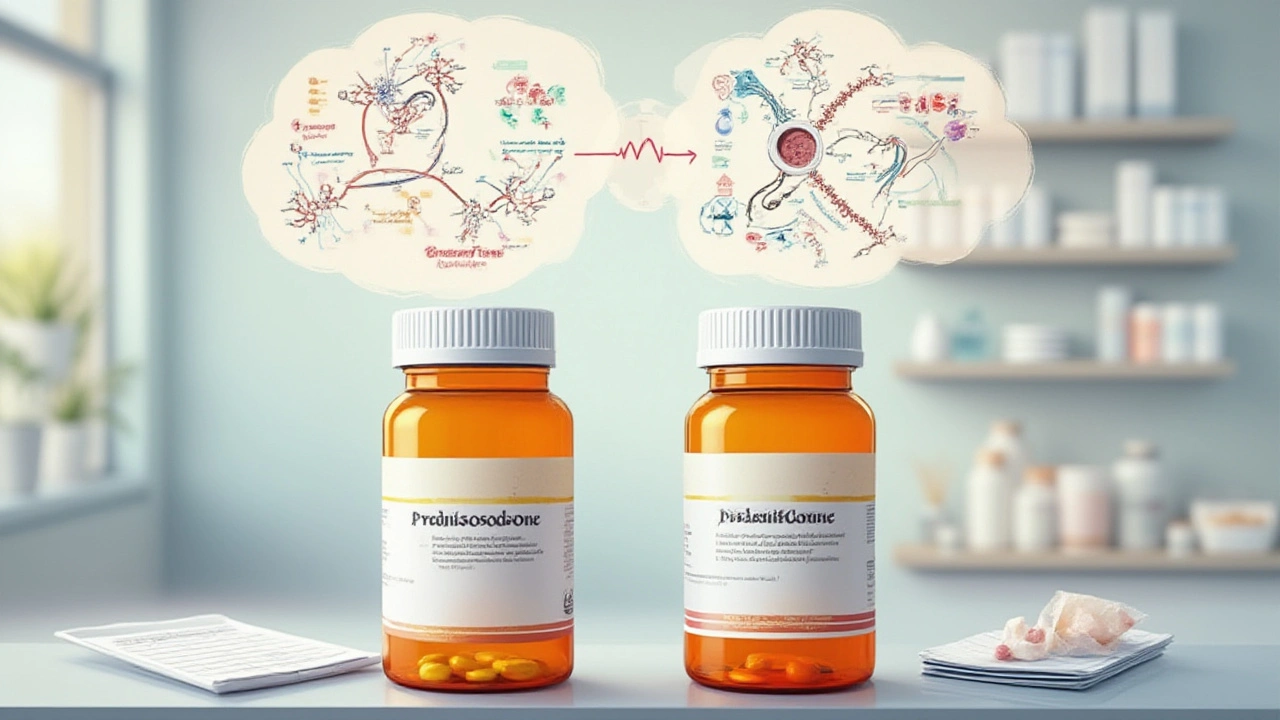Pharmacokinetics Explained: How Your Body Handles Medicines
Ever wondered why the same pill can work differently for you and a friend? The answer lies in pharmacokinetics – the study of how drugs travel inside your body. Knowing the basics helps you understand dosage, timing, and side‑effects.
Key Steps of Pharmacokinetics
Pharmacokinetics breaks down into four simple steps, often called ADME:
Absorption – This is how the drug gets into your bloodstream. Swallowing a tablet, inhaling a spray, or getting an injection each have different speeds. Food, stomach acid, and gut health can speed up or slow down absorption.
Distribution – Once in the blood, the drug spreads to tissues and organs. Fat‑soluble medicines hang out in body fat longer, while water‑soluble ones stay in the bloodstream. This can affect how long the drug works.
Metabolism – Your liver (and sometimes other organs) breaks the drug down into metabolites. Some metabolites are active and keep working, others are dead‑end products ready for elimination. Enzyme differences mean some people clear a drug fast, others slow.
Excretion – Finally, kidneys, liver, or lungs toss the drug out. Renal function is a big player – if your kidneys are weak, the drug may linger and cause side‑effects.
What Pharmacokinetics Means for You
Understanding these steps can change how you take medication. If a drug has a short half‑life, you might need multiple doses a day. A long half‑life means once‑daily or even weekly dosing. Knowing this helps you avoid missed doses or accidental overdoses.
Kidney or liver disease? Your doctor may lower the dose because the body can’t eliminate the drug as quickly. That’s pharmacokinetics in action – the same drug, a different dose based on how your body processes it.
Drug interactions often happen because two medicines compete for the same metabolic enzymes. For example, taking a certain antibiotic with a cholesterol pill can slow the cholesterol drug’s breakdown, raising its level in your blood.
When you read a medication guide on Six Degree Health, look for terms like “bioavailability,” “half‑life,” and “clearance.” Those are pharmacokinetic clues telling you how fast the drug works and how long it stays.
Practical tip: keep a list of all the meds, supplements, and over‑the‑counter products you use. Share it with your pharmacist or doctor. They can spot potential ADME clashes before they become a problem.
A quick way to gauge a drug’s staying power is to check the half‑life. If it’s 8 hours, the drug level drops by half every 8 hours. Roughly five half‑lives clear the drug from your system, so in this case, about 40 hours.
Remember, pharmacokinetics isn’t just for doctors. It’s a tool you can use to ask smarter questions: “Do I need to take this with food?”, “Will this affect my blood pressure meds?” or “Do I need lab tests to monitor this?”
Bottom line: the journey a drug takes inside you matters as much as the drug itself. By grasping the basics of pharmacokinetics, you become a more informed patient, reduce risks, and get the most out of your treatments.
-
Prednisolone vs. Prednisone Side Effects: Pharmacokinetic Differences Explained
Compare prednisolone and prednisone: explore their pharmacokinetic differences, dosing, and how each impacts side effects for safer, smarter medication use.
